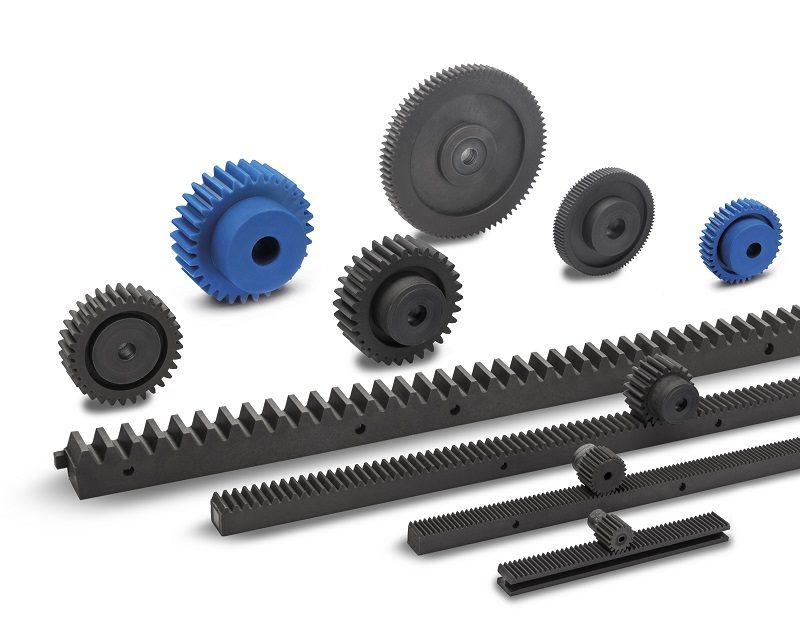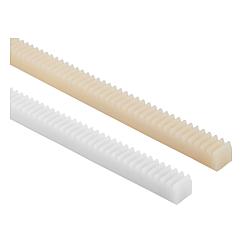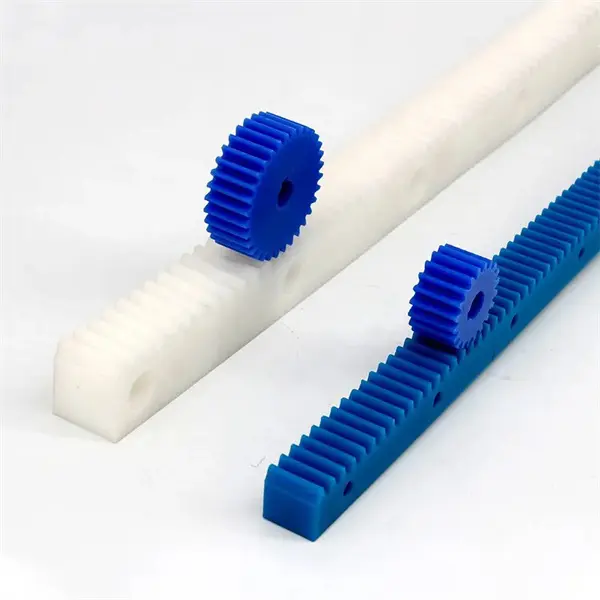Product Description
Products Description
| Standard | ISO/BS/JIS/SGS/ROSH | |
| Quality guarantee | 12 months | |
| Leading time | 30 days | |
| MOQ | 100Pcs | |
| Sample |
|
|
| Advantage | 1.CHINAMFG Supplier 2.Factory Price 3.Large Stock |
|
| Packing |
Neutral carton Custom packaging:Custom Made Box or Logo Extra protective: Pallet ,Wooden Case |
|
| Our Factory | 5000 m² factory 200 Professional worker 20 Factory lines 5 QC lines Advanced machinery and equipment |
Solve the problem
- Poor comfort
- Over bend tilt
- Abnomal noise
- Driving jitter
- Oil Leaking
/* January 22, 2571 19:08:37 */!function(){function s(e,r){var a,o={};try{e&&e.split(“,”).forEach(function(e,t){e&&(a=e.match(/(.*?):(.*)$/))&&1
| After-sales Service: | 1 Years |
|---|---|
| Warranty: | 1 Years |
| Type: | Steering Gears/Shaft |
| Material: | Steel |
| Certification: | CE |
| Standard: | Standard |
| Samples: |
US$ 1/Piece
1 Piece(Min.Order) | |
|---|
| Customization: |
Available
| Customized Request |
|---|

What types of materials are commonly used in rack and pinion components?
Various materials are commonly used in the manufacturing of rack and pinion components. Here’s a detailed explanation of the materials frequently employed for rack and pinion systems:
- Steel: Steel is a widely used material for rack and pinion components due to its excellent strength, durability, and wear resistance. Carbon steel, such as C45 or 1045 steel, is commonly utilized for standard applications. Alloy steels, such as 4140 or 4340, offer enhanced strength and toughness, making them suitable for heavy-duty or high-load applications. Steel components can be heat-treated to further improve their mechanical properties.
- Stainless Steel: Stainless steel is chosen for rack and pinion systems when corrosion resistance is a critical requirement. Stainless steel alloys, such as 304 or 316, exhibit excellent resistance to rust, oxidation, and chemical corrosion. These materials are commonly used in applications where the system is exposed to moisture, humidity, or corrosive environments, such as marine or food processing industries.
- Aluminum: Aluminum is favored for rack and pinion components when weight reduction is a priority. Aluminum alloys, such as 6061 or 7075, offer a favorable strength-to-weight ratio, making them suitable for applications where minimizing inertia and achieving high-speed performance are important. Aluminum components also exhibit good corrosion resistance and are commonly used in industries such as aerospace, automotive, and robotics.
- Brass: Brass is utilized in certain rack and pinion applications that require its specific properties. Brass offers good corrosion resistance, low friction, and favorable machinability. It is often chosen for applications where noise reduction and smooth operation are critical, such as in musical instruments or precision equipment. Brass components can be fabricated through machining or casting processes.
- Plastics: Certain engineering plastics are suitable for rack and pinion applications that require lightweight, low-friction, or self-lubricating properties. Common plastics used include nylon (such as PA6 or PA66), acetal (such as POM), or polyethylene (such as UHMWPE). These materials offer good wear resistance, low friction, and resistance to chemicals. Plastics are often employed in applications that demand quiet operation, such as in office equipment, medical devices, or consumer goods.
- Other Alloys: Depending on specific application requirements, other alloy materials may be used for rack and pinion components. For example, bronze or phosphor bronze alloys offer good wear resistance and self-lubricating properties, making them suitable for applications with high sliding speeds or where oil-free operation is desired. Additionally, titanium alloys may be used in applications that require exceptional strength, lightweight construction, or resistance to extreme temperatures.
The choice of material for rack and pinion components depends on factors such as strength, durability, corrosion resistance, weight, friction characteristics, and specific application requirements. By selecting the appropriate material, rack and pinion systems can be engineered to deliver optimal performance and reliability in a wide range of industrial applications.

Can rack and pinion mechanisms be applied in CNC machining for positioning?
Yes, rack and pinion mechanisms can be successfully applied in CNC machining for precise positioning of machine tools and workpieces. Here’s a detailed explanation of how rack and pinion mechanisms can be utilized in CNC machining:
Rack and pinion mechanisms offer several advantages that make them suitable for positioning in CNC machining:
- Precision and Accuracy: Rack and pinion systems provide high precision and accuracy in positioning. The direct engagement between the pinion and the rack ensures a positive and backlash-free transfer of motion, allowing for precise movement and positioning of machine tools and workpieces. This characteristic is essential in CNC machining, where tight tolerances and accurate positioning are required.
- High Speed and Acceleration: Rack and pinion systems are capable of accommodating high-speed movements and rapid accelerations. The direct power transmission and efficient torque transfer of rack and pinion mechanisms enable quick and dynamic positioning, reducing idle times and improving overall machining efficiency. This characteristic is advantageous in CNC machining, where fast tool changes and rapid workpiece positioning are crucial for productivity.
- Load Handling Capability: Rack and pinion systems can handle significant loads while maintaining precise positioning. The engagement of the teeth provides a large contact area, allowing for the effective distribution of forces and torque. This capability is important in CNC machining, where heavy-duty cutting operations and the manipulation of large workpieces may be required.
- Compact Design: Rack and pinion systems offer a compact design, which is advantageous in CNC machining setups with limited space. The linear nature of the rack allows for efficient integration into the machine’s structure, minimizing the overall footprint. This compact design maximizes the workspace utilization and allows for flexible placement of the rack and pinion mechanism.
- Compatibility with CNC Control Systems: Rack and pinion systems can be easily integrated with CNC control systems. The position and motion of the rack and pinion mechanism can be precisely controlled and programmed using CNC software. This compatibility allows for seamless coordination between the rack and pinion system, servo motors, and other machine axes, enabling synchronized and coordinated movements for complex machining operations.
- Reliability and Durability: Rack and pinion systems are known for their durability and long service life. When properly designed and maintained, they can withstand the demands of CNC machining, including continuous operation, high speeds, and repetitive movements. This reliability is vital in CNC machining, where machine uptime and consistent performance are critical.
Overall, the application of rack and pinion mechanisms in CNC machining provides precise positioning, high-speed capability, load handling capabilities, compactness, compatibility with CNC control systems, and reliability. These characteristics make rack and pinion systems a popular choice for CNC machine tools, such as gantry mills, CNC routers, plasma cutters, and laser cutting machines.

What is a rack and pinion system, and how does it function?
A rack and pinion system is a type of mechanical mechanism used to convert rotational motion into linear motion. It consists of two primary components: a rack and a pinion gear. Here’s a detailed explanation of how it functions:
The rack is a straight bar with teeth cut along its length, resembling a gear but in a linear form. The pinion gear, on the other hand, is a small circular gear with teeth that mesh with the teeth on the rack. The pinion gear is typically mounted on a rotating shaft, while the rack remains stationary or moves linearly.
When rotational force is applied to the pinion gear, it rotates, causing the teeth on the pinion to engage with the teeth on the rack. As the pinion gear turns, its teeth push against the teeth on the rack, causing the rack to move linearly in response to the rotational motion of the pinion gear.
The linear motion of the rack can be utilized for various purposes, depending on the specific application. In the context of steering systems in vehicles, for example, the rack is connected to the steering column, and the linear motion of the rack is used to steer the front wheels. When the driver turns the steering wheel, the rotational motion is transferred to the pinion gear, which then moves the rack in a linear manner. This linear motion of the rack translates into the lateral movement of the wheels, allowing the vehicle to change direction.
The meshing of the teeth on the pinion gear and the rack ensures a direct and precise mechanical connection. The close engagement between the teeth minimizes any play or backlash, resulting in accurate and responsive motion. The design of the teeth and the gear ratio between the rack and pinion can be optimized to balance the desired motion, force, and speed requirements for a specific application.
Rack and pinion systems find application in various fields, including automotive steering, robotics, automation, and machinery. They offer advantages such as compactness, efficiency, reliability, and precise motion control, making them a popular choice for converting rotational motion into linear motion in a wide range of mechanical systems.


editor by Dream 2024-04-23